Understanding Green Technologies
The need for sustainable practices and solutions has never been more pressing. As we grapple with climate change and environmental degradation, the spotlight turns to green technologies as an essential tool for a sustainable future. This section delves into what green technology is, why it’s so important, and the current trends shaping its landscape.
Definition of Green Technology
Green technology, also known as clean technology or environmental technology, refers to the use of science and innovation to create products, services, or practices that are environmentally friendly. These technologies can encompass many areas, including energy, water, waste management, transportation, etc.
Here are a few key characteristics of green technologies:
- They aim to preserve or restore the environment.
- They use renewable resources.
- They are efficient and generate minimal pollution.
- They promote sustainable development by offering environmentally sound and superior solutions.
The Importance of Green Technologies
As our understanding of environmental issues deepens, the value of green technologies continues to grow. Here’s why these technologies are so important:
- Mitigating Climate Change: Green technologies often reduce greenhouse gas emissions, helping mitigate climate change’s effects.
- Preserving Resources: These technologies utilize resources more efficiently and promote renewable resources, aiding conservation efforts.
- Improving Health: Green technologies can significantly improve public health by reducing pollution.
Current Trends in Green Technology
The green technology landscape continuously evolves, driven by the urgent need for sustainable solutions and technological innovation. Here are a few current trends:
- Energy Efficiency: Technologies that optimize energy use, like smart grids and energy-efficient appliances, are gaining popularity.
- Renewable Energy: Solar, wind, and other renewable energy technologies continue to develop and become more affordable.
- Green Building: Construction practices that minimize environmental impact and optimize energy use are rising.
- Electric Vehicles: As the transportation sector seeks to reduce its carbon footprint, electric vehicles are becoming more common.
- Carbon Capture and Storage: Technologies that capture and store carbon emissions are increasingly considered crucial to the climate solution.
Green technologies are a powerful tool for building a more sustainable future. As we continue to innovate and develop these technologies, they will play an increasingly crucial role in our lives. With every green technology adopted, we take one more step toward a sustainable and resilient future.
Green Technologies in Energy Production
The energy sector is a major contributor to greenhouse gas emissions. Still, it’s also the area where green technologies can make a significant difference. Innovation in energy production is opening up new possibilities for a future where energy is abundant but also clean and sustainable. This section will highlight key solar, wind, hydro, and tidal power technologies developments.
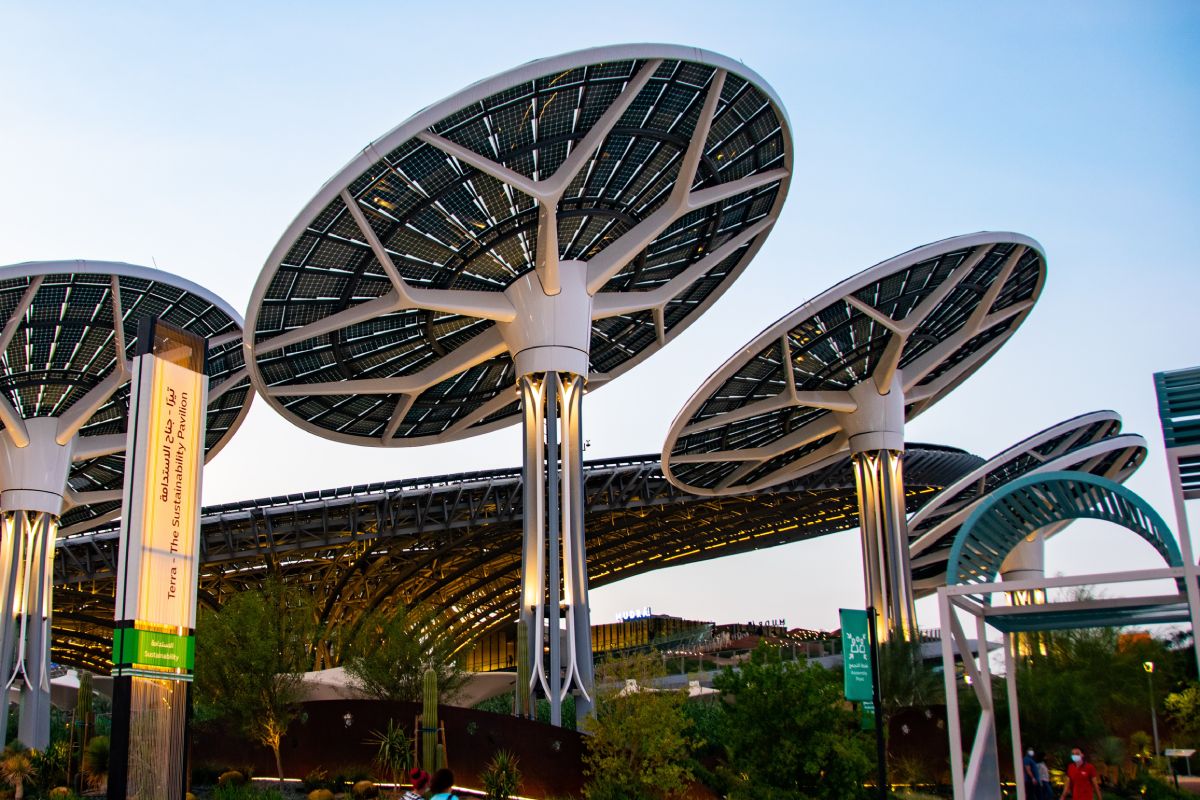
Solar Power Innovations
Solar power has experienced significant growth in recent years, and innovations continue to enhance its efficiency and accessibility. Here are some of the major trends:
- Perovskite Solar Cells: This new material could revolutionize solar panels, as it’s more efficient and cheaper to produce than traditional silicon.
- Solar Skins: These allow solar panels to blend into a roof by mimicking its appearance, overcoming aesthetic objections to solar installation.
- Floating Solar Farms: We can generate power by installing solar panels on water bodies without taking up valuable land space.
Advances in Wind Energy Technology
Wind energy is another major player in the green technology field. Here are some of the exciting advancements:
- Offshore Wind Farms: Technological improvements have made offshore wind farms more viable, opening up large areas for energy production.
- Vertical Wind Turbines: These turbines can capture wind from any direction and may be more efficient in areas with variable wind directions.
- Airborne Wind Energy Systems: By capturing the more consistent and faster winds at high altitudes, these systems can generate power more reliably.
Emerging Trends in Hydro and Tidal Power
Hydro and tidal power are reliable and abundant sources of renewable energy. While these technologies are well established, there are still new developments to watch:
- Tidal Stream Generators: These devices capture the kinetic energy of moving water to generate electricity. They have a lower environmental impact than traditional tidal power installations.
- Small-Scale Hydropower: Smaller, less intrusive hydropower installations can generate electricity without the significant environmental impact of large dams.
- Pumped Storage Hydropower: This technology uses excess energy to pump water uphill, then generates electricity from the water’s descent when needed, acting as a large-scale battery.
These advancements in green energy technologies are not just changing how we produce power but reshaping our relationship with the environment. With every breakthrough, we get closer to a sustainable future where clean, renewable energy is not just an alternative but the norm.
Energy Storage and Efficiency Technologies
The need for efficient energy storage and distribution solutions has become critical as we continue to integrate renewable energy sources into our power grids. Moreover, adopting energy-efficient technologies in homes and businesses is equally essential. This section explores the innovations in battery technology, smart grids, and energy efficiency solutions that pave the way toward a more sustainable future.
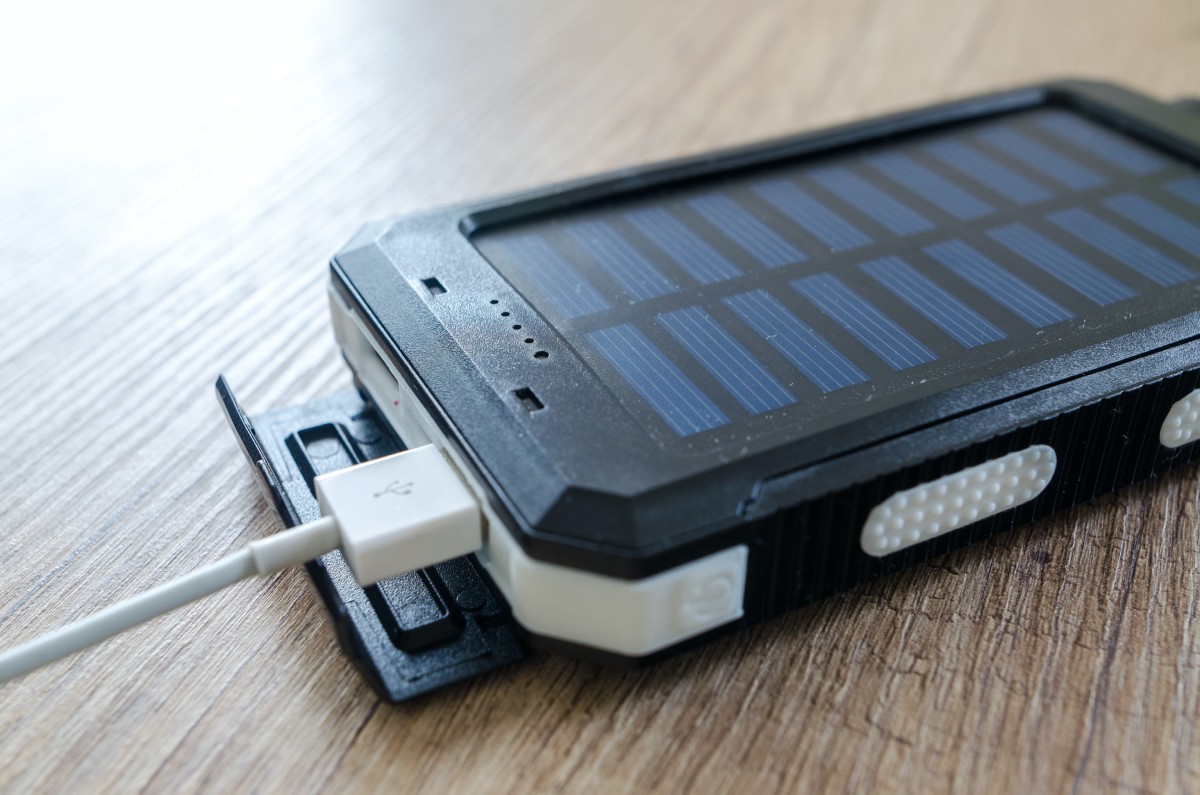
Developments in Battery Technology
Battery technology plays a crucial role in storing energy from renewable sources. Below are some exciting advancements:
- Solid-State Batteries: These batteries offer higher energy density and safety levels than traditional lithium-ion batteries. They could revolutionize electric vehicles and large-scale energy storage.
- Flow Batteries: Perfect for grid storage, these batteries can discharge power for much longer, making them ideal for storing energy from wind farms and solar panels.
- Sodium-Ion Batteries: As a potential alternative to lithium-ion batteries, sodium-ion batteries are cheaper and more environmentally friendly due to the abundant supply of sodium.
Smart Grids and Energy Distribution
Smart grids leverage digital technology to optimize electricity production, distribution, and consumption. Key trends include:
- Internet of Things (IoT): IoT devices can monitor energy usage in real time, making the grid more efficient and reducing waste.
- AI and Machine Learning: These technologies can predict energy demand, helping utilities to adjust their supply efficiently.
- Microgrids: Localized grids can disconnect from the central grid in case of emergencies, improving the power system’s resilience.
Energy Efficiency Solutions for Homes and Businesses
Implementing energy-efficient technologies in our buildings reduces energy costs and contributes to sustainability. Some noteworthy solutions are:
- Smart Thermostats: These devices optimize heating and cooling systems based on your preferences and habits, reducing energy consumption.
- LED Lighting: LED lights consume significantly less energy than traditional incandescent bulbs and last much longer.
- Energy-Efficient Appliances: Appliances with a high energy-efficiency rating use less electricity, saving money and reducing environmental impact.
Innovation in energy storage and efficiency technologies is transforming our relationship with energy. By adopting these technologies, we can make our energy consumption more sustainable and move closer to a future where green technologies are the standard.
Green Technologies in Waste Management
As our awareness of the environmental impact of waste grows, we’re seeing more green technologies emerge in waste management. These new methods and tools aim to reduce, reuse, and recycle waste more efficiently. In this section, we’ll delve into advanced recycling technologies, organic waste conversion, and innovative waste-to-energy solutions pushing sustainable waste management’s boundaries.
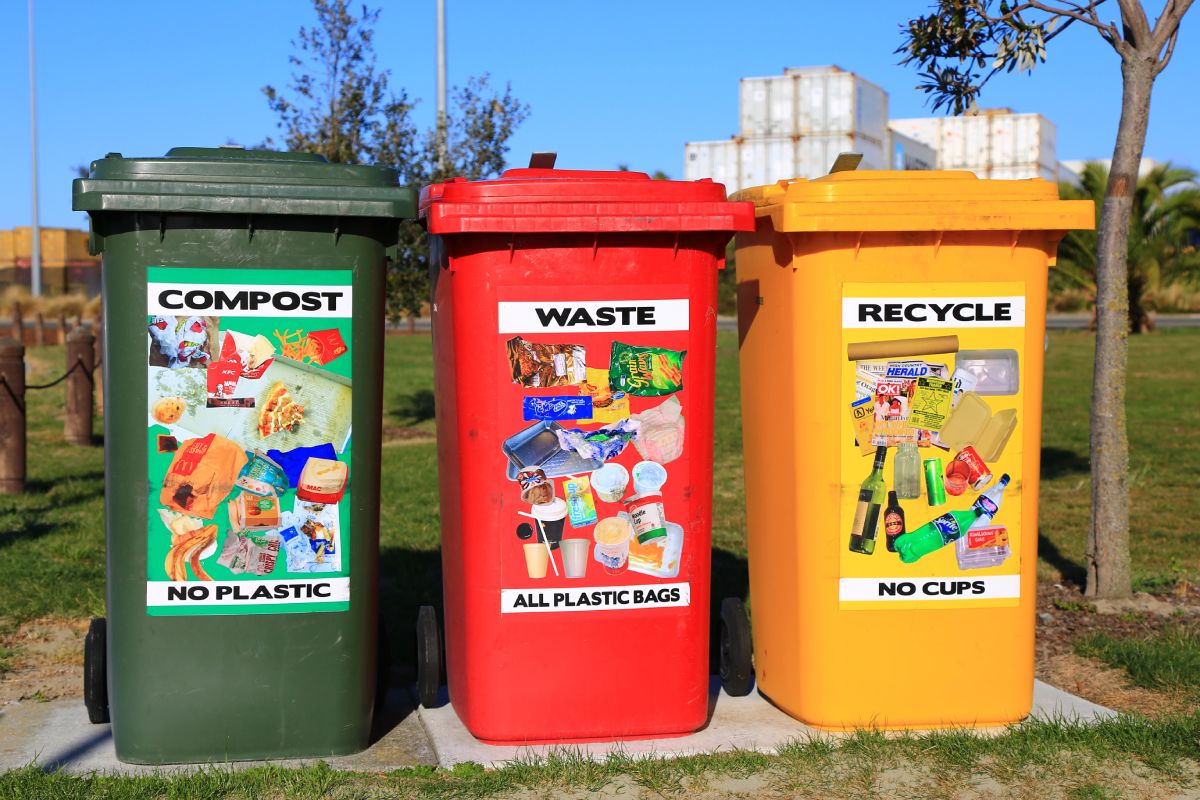
Advanced Recycling Technologies
Advanced recycling technologies are transforming our approach to waste. Here’s a glimpse of the cutting-edge innovations:
- Artificial Intelligence (AI) and Robotics: AI and robotics are being used to automate and improve the sorting and recycling process, increasing efficiency and reducing contamination.
- Chemical Recycling: Chemical processes break down plastics into their original components, which can be reused to produce new plastic products. This technology can handle waste that traditional recycling methods cannot.
- Biodegradable Plastics: Biodegradable and compostable plastics are gaining attention as a potential solution to plastic waste. These materials are designed to break down naturally over time.
Composting and Organic Waste Conversion Technologies
Transforming organic waste into valuable resources is key to sustainable waste management. Let’s look at a few innovations:
- In-Vessel Composting: This technology rapidly composts organic waste in a closed system, minimizing odor and pests while producing high-quality compost.
- Anaerobic Digestion: Breaking down organic waste in an oxygen-free environment produces biogas (which can be used for energy) and digestate (a nutrient-rich fertilizer).
- Black Soldier Fly Larvae: These insects can consume large amounts of organic waste, converting it into protein-rich biomass suitable for animal feed.
Innovative Waste-to-Energy Solutions
Waste-to-energy technologies provide a sustainable way to dispose of waste while generating energy. Here are some exciting developments:
- Advanced Thermal Technologies: Pyrolysis and gasification processes heat waste at high temperatures to produce synthetic gas, bio-oil, and char, all of which can be used as energy sources.
- Biogas Production: Organic waste such as food scraps and sewage can be processed to generate biogas, a renewable energy source.
- Plastic-to-Fuel: Certain technologies can now convert plastic waste into synthetic fuels, providing a new solution for plastic waste and a potential energy source.
These innovative green technologies in waste management present promising pathways to a cleaner and more sustainable future. By harnessing these technologies, we can significantly reduce waste, conserve resources, and generate renewable energy.
Green Transportation Technologies
Transitioning to sustainable transportation is critical to combating climate change and reducing pollution. With the surge in green technologies, the transport sector is being revolutionized to become cleaner and more efficient. This section discusses the exciting developments in electric vehicles, public transportation systems, and alternative fuels.
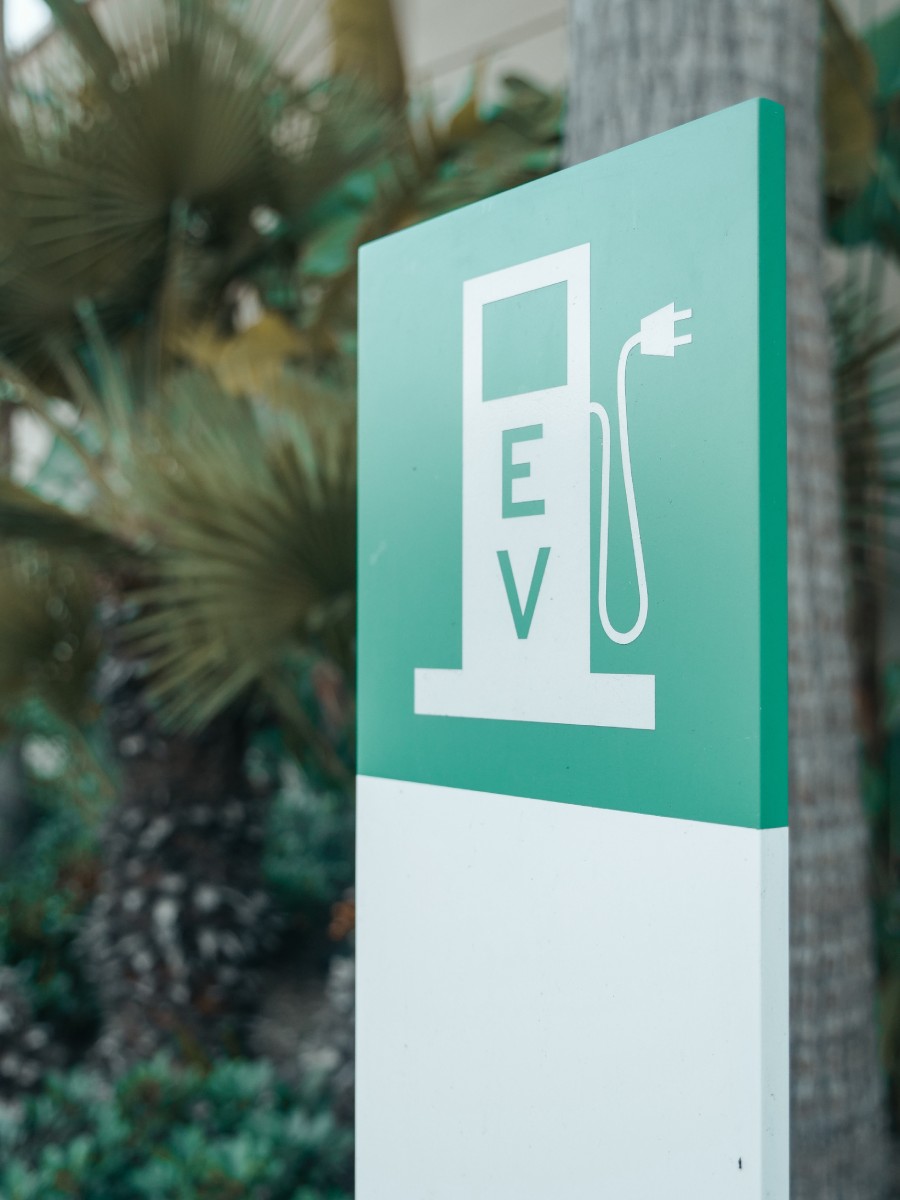
Electric Vehicles and Charging Infrastructure
Electric Vehicles (EVs) are making a significant impact in the push towards green transportation. Here are some key points to note:
- Increasing Range and Efficiency: Advances in battery technology are helping to increase the driving range of EVs, making them a more practical choice for many drivers.
- Charging Infrastructure: The growth of EV charging infrastructure is vital for adopting electric cars. Charging stations are becoming more prevalent, and new technologies like wireless charging are being explored.
- Electric Trucks and Buses: The electrification of commercial vehicles, like trucks and buses, presents a massive opportunity to reduce emissions.
Innovations in Public Transportation Systems
Green technologies are also transforming public transportation systems. Let’s delve into a few innovative trends:
- Electric Buses and Trains: Cities worldwide are introducing electric buses and trains to reduce greenhouse gas emissions and improve air quality.
- Autonomous Public Transit: Autonomous buses and shuttles are being tested in various cities, potentially improving efficiency and reducing costs in the future.
- Mobility as a Service (MaaS): This concept integrates various transport services into a single platform, promoting public transportation and reducing reliance on personal cars.
Alternative Fuels and Sustainable Aviation Technologies
The search for alternative fuels is critical for greening the transportation sector. Here are some promising developments:
- Biofuels: Made from organic materials such as plants and waste, biofuels can replace fossil fuels in vehicles.
- Hydrogen Fuel Cells: Vehicles powered by hydrogen fuel cells emit only water vapor, making them an exciting prospect for green transportation.
- Sustainable Aviation Technologies: The aviation industry is exploring electric planes, biofuels, and more efficient flight paths to reduce environmental impact.
The transportation industry can drastically reduce its environmental footprint through these green technologies. Each innovation, from electric vehicles to sustainable aviation technologies, takes us closer to a more sustainable future. The journey toward green transportation might be challenging, but it’s an achievable goal with continued research and innovation.
Sustainable Agriculture Technologies
Agriculture is a sector ripe for green technological innovation. Sustainable agricultural technologies offer promising solutions as we strive to feed a growing population while minimizing environmental impact. This section will discuss the advancements in precision farming, vertical farming, and bioengineering.
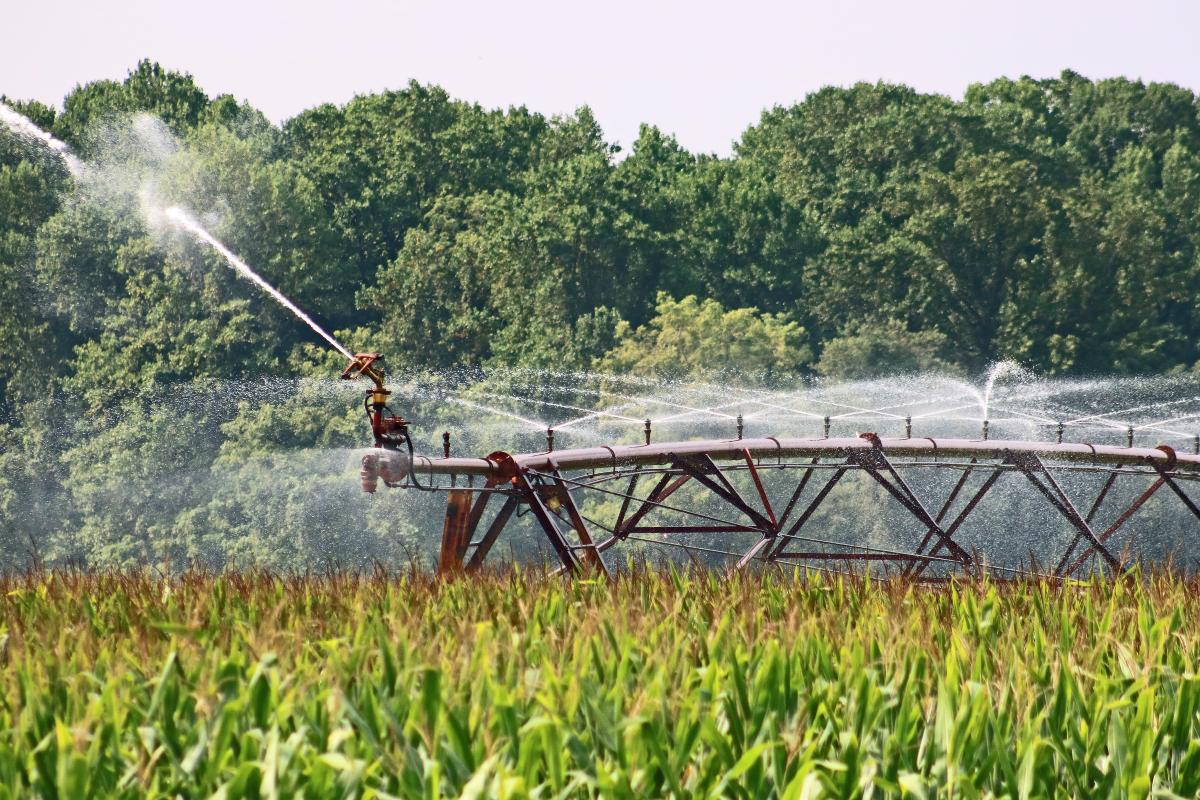
Precision Farming and Smart Irrigation
Precision farming is a technology-driven agriculture approach focusing on efficiency and accuracy. Key points to consider are:
- Data-Driven Farming: Precision farming utilizes data gathered from various sensors, satellite imagery, and drones to make accurate decisions on planting, harvesting, and managing crops.
- Smart Irrigation: This technology uses sensors and weather forecasts to provide crops with the right amount of water at the right time, reducing water waste and improving crop health.
- GPS-guided Machinery: GPS technology allows for the precise application of fertilizers and pesticides, minimizing waste and reducing environmental impact.
Vertical Farming and Hydroponics
Alternative farming methods like vertical farming and hydroponics can make agriculture more sustainable.
- Urban Farming: Vertical farming involves growing crops in stacked layers, often in urban environments. This method saves space, uses less water, and eliminates the need for pesticides.
- Hydroponics: This technique grows plants in nutrient-rich water rather than soil. Hydroponics systems are highly efficient, conserve water, and can be used in spaces unsuitable for traditional farming.
- Aeroponics and Aquaponics: These are other soilless agriculture methods that can drastically reduce water and resource usage.
Bioengineering and GMOs for Sustainability
Bioengineering has the potential to make significant contributions to sustainable agriculture.
- Drought-Resistant Crops: Through genetic modification, crops can be engineered to withstand drought and other harsh conditions, reducing crop losses.
- Nutrient-Enhanced Foods: Bioengineered foods can be fortified with essential nutrients, helping to combat malnutrition in areas where certain nutrients are scarce.
- Sustainable Livestock Production: Bioengineering is also used to enhance livestock productivity and health, reducing the environmental footprint of meat production.
With these sustainable agricultural technologies, we can move towards more efficient, resilient, and environmentally friendly food production. They demonstrate that with innovation, it’s possible to reconcile our need for food with the health of our planet.
Water Conservation and Purification Technologies
Water is a vital resource that faces increasing demands and threats due to population growth and climate change. Advancements in water conservation and purification technologies provide practical solutions to these challenges, making water use more sustainable. This section delves into these innovative solutions, including advanced purification systems, smart irrigation technologies, and novel approaches to desalination and wastewater treatment.
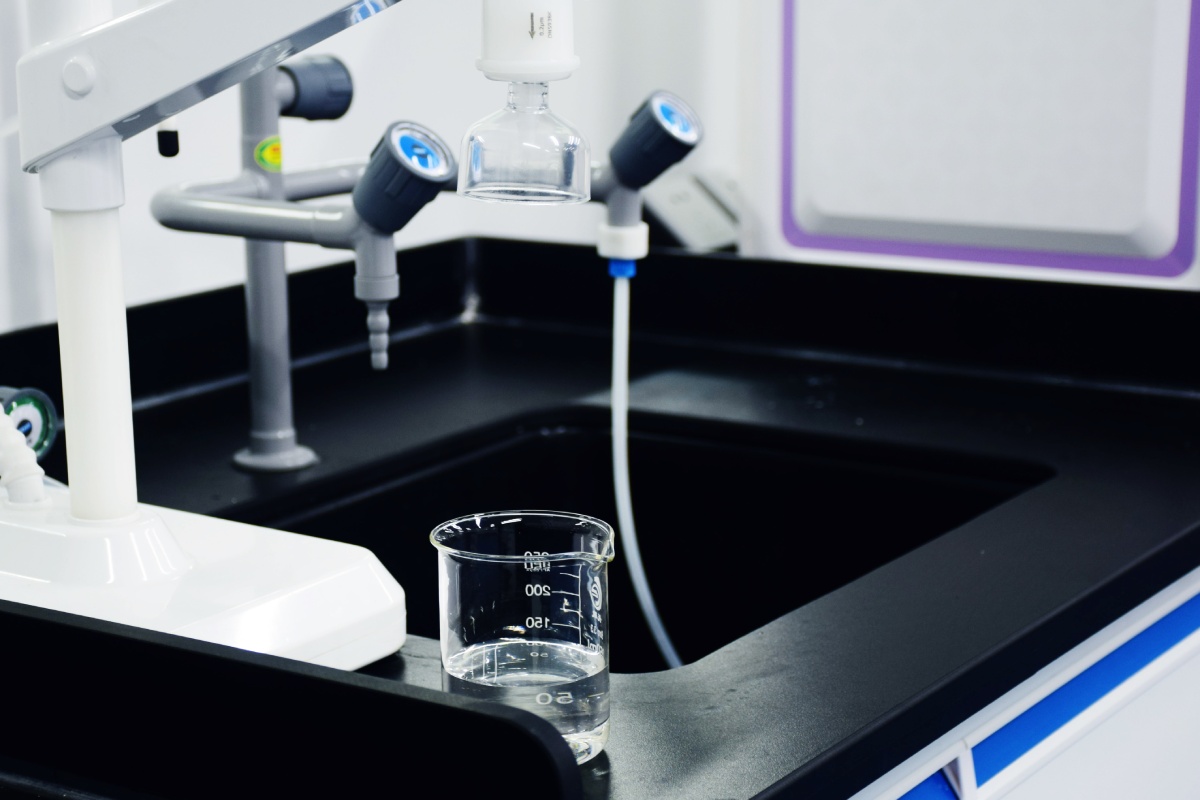
Advanced Water Purification Systems
Technological advancements in water purification have made it possible to treat and reuse water more effectively, contributing to water security. Here are some key points:
- Portable Purifiers: Handy devices that can purify water instantly are an innovative solution, especially for areas with limited access to clean water.
- Nanotechnology Filters: Nanotechnology in water purification, such as nano-filters and nano-sensors, can remove pollutants and pathogens more effectively and at lower costs than traditional methods.
- Solar Distillation: Using solar energy for water distillation is an energy-efficient way to purify water, making it suitable for use in remote or energy-poor areas.
Smart Irrigation and Water Management Technologies
Implementing smart technologies in irrigation and water management can substantially reduce water wastage.
- Smart Irrigation Systems: These systems use sensors and weather data to optimize water usage, providing the right amount of water to plants at the right time.
- Leak Detection: Advanced sensors can detect leaks in pipelines and water systems early, preventing water loss and saving money on repairs.
- Water Meters and Controllers: Smart meters and controllers provide real-time data on water usage, helping individuals, businesses, and municipalities conserve water.
Desalination and Wastewater Treatment Innovations
Innovations in desalination and wastewater treatment are expanding our water sources and making water reuse more feasible.
- Energy-Efficient Desalination: Innovations such as graphene-oxide membranes and solar-powered systems make desalination more energy-efficient and cost-effective.
- Advanced Wastewater Treatment: Modern treatment technologies like Membrane Bioreactors (MBRs) and Advanced Oxidation Processes (AOPs) are improving the efficiency and effectiveness of wastewater treatment.
- Wastewater Recycling: Recycled wastewater can be used for irrigation, industrial processes, and drinking water, significantly reducing freshwater usage.
Through these green technologies, we can conserve water, make purification processes more effective, and increase our capacity to treat and reuse wastewater. These advancements offer promising paths to ensure a sustainable water future for our planet.
Green Construction Technologies
As urbanization expands, the building and construction industry is crucial to our environmental footprint. Green construction technologies are paving the way for sustainable development, lessening the environmental impact of buildings, and making our cities more resilient. This section will explore energy-efficient designs and materials, smart building technologies, and innovative green infrastructure.

Energy-Efficient Building Designs and Materials
The cornerstone of green construction lies in energy-efficient designs and sustainable materials.
- Passive Design: This design strategy utilizes natural resources like sunlight and wind to reduce the need for artificial heating, cooling, and lighting, thus lowering energy consumption.
- Insulating Materials: Advanced insulating materials like aerogel, vacuum-insulated panels, and green roofs help maintain indoor temperatures, reducing the need for heating or cooling.
- Sustainable Materials: Use of recycled and renewable materials, such as reclaimed wood, recycled steel, and bamboo, lowers the environmental impact of construction.
Smart Home and Building Technologies
Smart technologies are revolutionizing the way we manage and interact with buildings.
- Energy Management Systems: Smart systems can automate and optimize the use of HVAC, lighting, and other energy-consuming elements, improving efficiency and comfort.
- Smart Grids: Buildings equipped with smart grids can integrate renewable energy sources, manage power consumption, and even sell excess power back to the grid.
- Home Automation: Automation technologies like smart thermostats and lighting controls increase comfort while reducing energy consumption.
Green Infrastructure and Urban Planning Innovations
Green infrastructure and sustainable urban planning can transform our cities into thriving, environmentally friendly communities.
- Green Roofs and Walls: These living structures can reduce heat absorption, improve air quality, and provide habitat for urban wildlife.
- Rain Gardens and Bioswales: These features capture stormwater runoff, reducing flooding and improving water quality.
- Urban Forests and Green Spaces: Trees and green spaces can cool cities, sequester carbon, and enhance residents’ physical and mental health.
Green construction technologies reduce the environmental impact of buildings and create healthier and more sustainable communities. With continued innovation in this field, we can look forward to cities harmonizing with nature and promoting sustainability.
The Future of Green Technologies
Green technologies are a beacon of hope in pursuing a sustainable future. This final section will explore emerging trends in this realm, the role of policy and regulation, and how we, as consumers, can contribute to developing and adopting green technology.
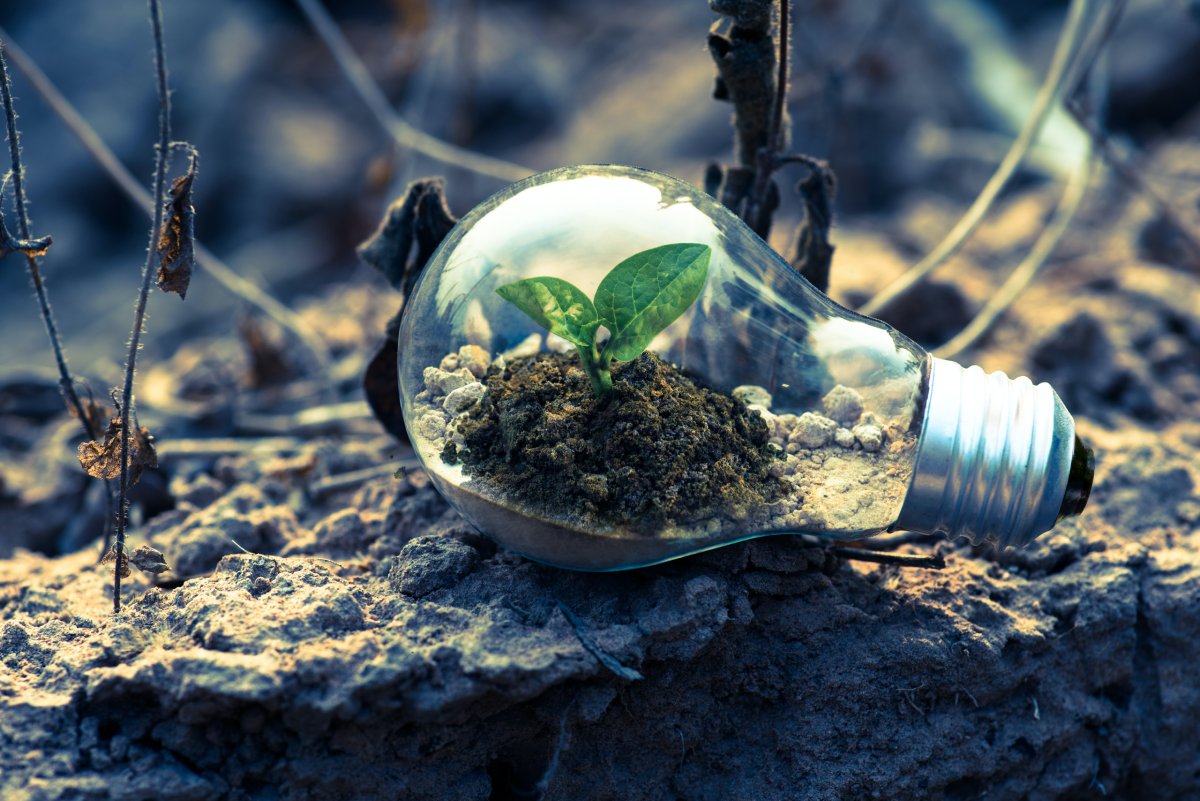
Predictions for Emerging Green Technologies
Several exciting advancements are on the horizon, each promising to reduce our environmental footprint further and help us transition to a greener economy.
- Artificial Intelligence (AI) in Sustainability: AI and machine learning are set to revolutionize green technology, optimizing energy use, reducing waste, and driving efficiency in sectors from agriculture to manufacturing.
- Carbon Capture and Storage: This technology, though still in its infancy, holds promise for reducing greenhouse gas emissions and mitigating climate change.
- Advanced Nuclear Technologies: Small modular reactors and fusion power offer abundant, low-carbon energy potential.
The Role of Policy and Regulation in Technology Adoption
Governments worldwide play a vital role in fostering the growth and adoption of green technologies.
- Investment in R&D: Government funding can spur innovation, helping new technologies overcome the “valley of death” between invention and commercial viability.
- Regulatory Incentives: Policies such as renewable portfolio standards, feed-in tariffs, and tax credits can encourage the adoption of green technologies.
- International Cooperation: Climate change is a global problem, necessitating international cooperation in developing and implementing green technologies.
How Consumers Can Support Green Technology Development
As consumers, we can help drive the green technology revolution.
- Purchasing Green Products: Buying products made with sustainable technology supports companies that prioritize the environment.
- Energy Efficiency: Using energy-efficient appliances and adopting practices that reduce energy consumption contributes to a greener future.
- Educating Others: Sharing knowledge about the importance and benefits of green technologies can influence others to adopt these solutions.
The future of green technologies is bright, with advancements expected to revolutionize every aspect of our lives. As consumers, policymakers, and global citizens, we are responsible for championing these innovations and their role in creating a sustainable future.
Conclusion
As we come to the close of exploring the innovative world of green technologies, let’s pause to reflect on the compelling journey we have embarked on, understanding the tremendous potential these technologies possess in steering us towards a sustainable future.
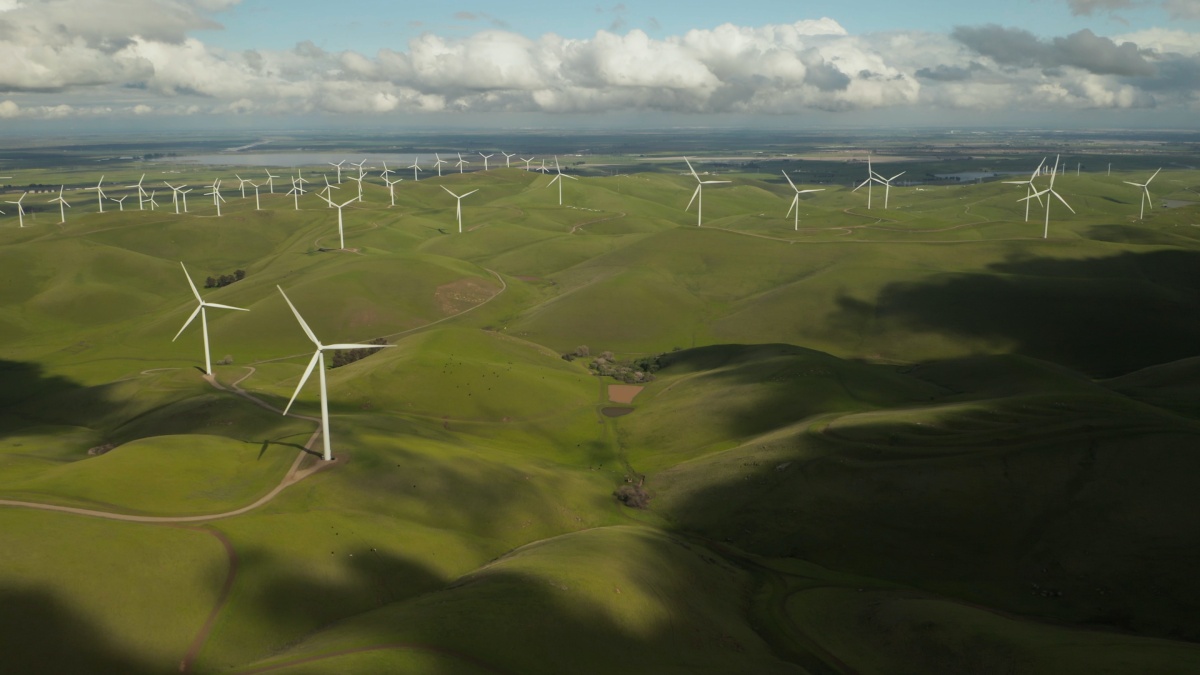
Recap of Green Technology Innovations and Their Impact
In this blog post, we’ve traversed a wide landscape of green technologies, from those in energy production, waste management, and transportation to the more nuanced areas like sustainable agriculture, water conservation, and green construction.
- Energy: Innovations in solar, wind, hydro, and tidal power have radically reshaped our energy landscape, promising a future less reliant on fossil fuels.
- Waste Management: Advanced recycling technologies and waste-to-energy solutions present ways to turn waste into a resource, closing the loop in our consumption cycle.
- Transportation: Electric vehicles, efficient public transportation systems, and sustainable aviation technologies hold the potential to reduce our transportation sector’s carbon footprint drastically.
- Agriculture and Water Conservation: Precision farming, smart irrigation, advanced water purification systems, and innovative wastewater treatment solutions point towards a future where we can feed and sustain our growing population without straining our natural resources.
- Construction: Energy-efficient building designs and materials, smart technologies, and green urban planning offer a blueprint for future sustainable cities.
The Potential of Green Technologies for a Sustainable Future
These green technologies present a stepping stone toward a more sustainable future. They offer us the tools to reduce our carbon footprint, conserve natural resources, and create a healthier environment. The vast potential of green technologies lies not just in their applications but also in their collective impact. As these technologies evolve, they offer a way to address some of our most pressing environmental challenges, from climate change to resource scarcity.
Encouraging Readers to Support and Adopt Green Technologies
As we look forward to this greener, more sustainable future, it’s important to remember that we all have a role. By supporting companies investing in green technologies, advocating for policies encouraging their development and adoption, and making greener choices in our lives, we can contribute to the green technology revolution.
In conclusion, green technologies offer us not just a path toward sustainability but a path toward a better future. In this future, technology and nature work hand in hand to support a thriving, healthy planet. By embracing these innovations, we can create a world where sustainability is not an aspiration but a reality.

